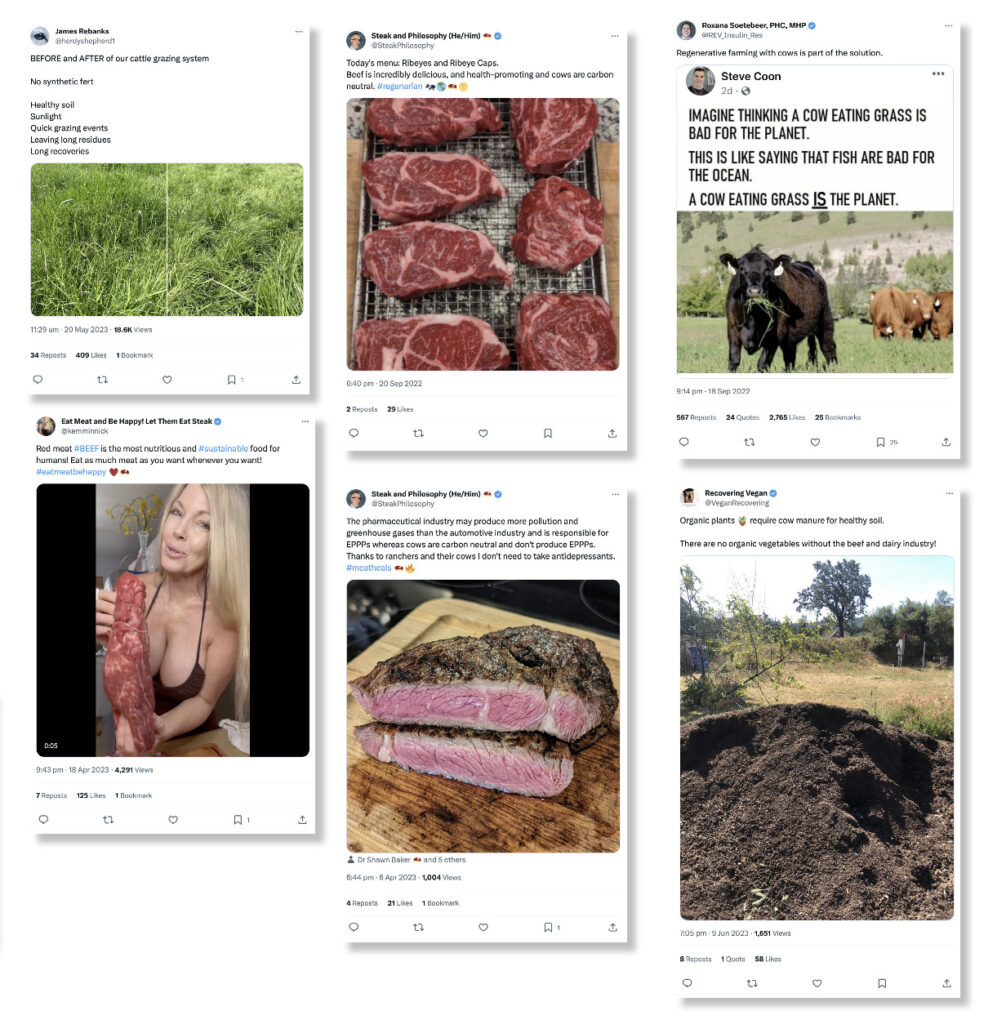In A Worrying Sign for Food Tech, Americans Trust Authenticity Over Science to Identify ‘Truth’
5 Mins Read
US consumers value authenticity over science in their beliefs around food and agriculture, with a majority seeking truth as “simple, safe and familiar”, a new survey has found.
How do you define truth when it comes to the food system and what you eat?
For many Americans, it denotes comfort and familiarity, even if all the science is pointing to the opposite- a worrying trend for future food tech.
New research from the Center for Food Integrity (CFI), in partnership with FMI – The Food Industry Association, shows that authenticity outweighs science in shaping consumer trust around food.
“We live in a polarised world where consumers, who are inundated with misinformation and disinformation and flooded with competing narratives, no longer rely on science or facts to define what’s true,” said CFI CEO Charlie Arnot. “And they are much less likely to rely on credentialled experts.”
The research echoed the findings of the 2024 Edelman Trust Barometer, which suggested that people trust their peers as much as scientists (74%) – only 45% said they trusted government leaders.
Which Americans are the most influential?

Titled Truth Defined: Mapping Consumer Beliefs in Food & Agriculture, the study divides Americans into five distinct segments, each with its unique definitions of truth about food, which are based on factors like values, motivations, personal experiences and the sources they trust most.
The researchers analysed the online behaviours of 4,000 Americans over two years and validated the results by studying another 4,000 consumers. Beyond their definitions of truth, the study looked at their values, beliefs and how they act on them, their unspoken motivation, as well as factors that trigger their adoption or rejection of products.
Further, they evaluated their content needs, preferred brands and channels, what they read and watch, the influencers they follow, and the meanings they associate with food and agriculture.
These are the five consumer segments that the research unearthed:
- Progressive Disruptor: 5% of the population and 12% share of voice. They see truth as liberation, fuelling a fair and sustainable food system.
- Authenticity Seeker: 14% of the population and 18% share of voice. They see truth as unfiltered, real and firsthand.
- Rationalist: 19% of the population and 15% share of voice. For them, truth is grounded in research, reason and science.
- Comfort Seeker: 43% of the population and 27% share of voice. They view truth as reassurance – simple, safe and familiar.
- Strategist: 19% of the population and 28% share of voice. They see truth as leverage and as a tool to secure an advantage.
“In an ideal world, the Rationalist… would have the most influence. Engaging with them is simple,” said Arnot. “But that’s not the case. The Rationalist is a small part of the population and doesn’t have a great deal of impact.”
On the flip side, the Authenticity Seekers have a “surprisingly significant influence” over nearly all other types of consumers, including the Comfort Seekers, who make up nearly half of the US population.
“By reaching the Authenticity Seeker, you can reach more than 75% of the population,” Arnot said. “Still, there’s value in connecting with every segment, whether through a social justice lens or data-driven narratives. Those in food and agriculture can engage in meaningful ways with segments most important to them,” said Arnot.
Trust in the time of polarisation

We’re in a period where the discourse around the food system needs to be more rooted in science than ever before – unfortunately, it’s more polarised than ever before.
The global population may reach 10 billion within the next 25 years, and current farming systems won’t leave us with adequate water, land and resources to sufficiently feed the world. Food security is increasingly under threat, and agriculture’s impact on the planet is off the charts.
The major culprit here is livestock farming, which accounts for up to 20% of all greenhouse gas emissions globally, with nearly 60% of those generated by the food system. Meat and dairy production also takes up 80% of farmland, despite only providing 17% of the global calorie supply.
That is highly inefficient, and underlines the need for food systems transformation. That being said, given the results of this research, all this science may not be translating as well. That is evident in the rampant misinformation against alternative proteins disseminated by the meat industry, the political threats to ban novel solutions like cultivated meat, and declining sales of plant-based alternatives.
Consumers are trusting the food system less, and it seems their faith in future-friendly solutions is even lower. It explains why Progressive Disruptors are the quietest group in the US. Even this study itself was co-funded by livestock groups, such as Dairy Farmers of America, Dairy Management Inc, and the Pork Check-Off.

Meanwhile, two in three influencers don’t check facts, leading the UN to co-launch a global course to equip them with skills to verify sources, detect disinformation, and collaborate with traditional and reliable media outlets.
“The advancement of AI brings about a new frontier in the dissemination of disinformation,” Robbie Lockie, founder of consumer advocacy group Freedom Food Alliance, told Green Queen last year. “The capability of AI to produce content that is convincingly real, yet fundamentally false, is alarming.”
He added: “Without decisive and collective action, we stand on precarious ground, especially as we navigate the controversies surrounding alternative proteins. Disinformation campaigns could seize on consumer fears, further muddying the waters.”
The differences in the perception of truth create “significant challenges”, according to David Fikes, executive director of the FMI Foundation and board chairman of CFI. “The ability to understand each segment’s ‘truth’ is how we overcome polarisation and start to find common ground and shared understanding,” he said.
Whether that happens remains to be seen; one thing is certain: that common ground must translate to a food system fit for the future.



